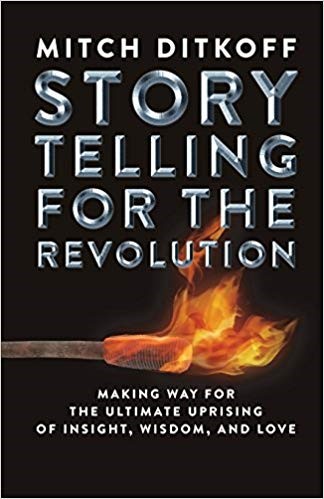Ending Violence with Chopsticks

Once upon a time there was old man sitting at sushi bar in Japan, his back turned to the front door. Halfway through his meal, in walks three young thugs, with only one thing in mind -- to attack the old man from behind and steal his money. Quickly looking around the room, they knew this would be an easy day's pay for them, since the old man was the only person in restaurant. What they didn't know, however, was that the old man was actually a great Master of the martial arts -- a legend in self-defense who had been trained from an early age to sense danger from behind.
As the three young thugs approached, the old man, lightly holding a pair of chopsticks in his right hand, plucked a housefly from the air. Just. Like. That. The young thugs noticed, their forward movement slowing dramatically. Then the martial arts master transferred the chopsticks to his left hand, quickly flicked his wrist above his head and caught a second housefly. The young thugs noticed again. Now, transferring the chopsticks to his right hand, the martial arts master performed the feat once again, plucking yet another housefly from the air and depositing it gently next to the other two, both of whom were dazed, but very much alive.
That's when the three young thugs stopped, turned around, and exited the restaurant as quickly as they could. It took them 30 minutes before they could even speak.
FOR YOUR REFFLECTION: This story was told to me by a fifth degree black belt from the same martial arts tradition as the great Master sitting at the sushi bar. When I first heard the story, it had great impact on me -- how violence could be ended without violence and how mastery could manifest itself in many forms to accomplish an extraordinary result.
"A good horse runs at the shadow of the whip", the old saying goes.
The chopsticks story was always one I wanted to include in my new book, but before publishing it, I wanted to make sure I had the story right. So I decided to so some research. I googled. I emailed. I spoke to people from the Master's martial arts lineage. But every effort I made came up empty. Nobody could tell me, for sure, whether or not the story was true.
That's when I realized I had a choice to make. Do I include the story in my book or not? In the end, I did. And why I did is because of the powerful message the story delivers in just a few paragraphs that take only 90 seconds to read.
Did the chopsticks story really happen the way I described it? Maybe. Maybe not. I still don't know. But what I do know is that there is a deep message embedded in the story -- a message that, if deeply imbibed, has the potential to change the way you (and whoever else reads the story) approaches the perceived problems in their life.
Is any story 100% factual? And, other than a story being told in a court of law, does it matter? Stories, by their very nature, morph in the telling. They also morph in relationship to the storyteller's perceptions, interpretation, and mood of the moment -- not unlike what happens in the children's game of telephone. Facts are one thing. Truth is another. Maybe that's why Francis Bacon once said, "Truth is so hard to tell, it sometimes needs fiction to make it plausible."
What danger is approaching you these days? And how might you defuse it in a non-traditional way?
MitchDitkoff.com
Another martial arts story
The Wisdom Circles of San Miguel
PHOTO: Juan Encalada
Posted by Mitch Ditkoff at February 2, 2019 04:45 PM
Post a comment
Thanks for signing in, . Now you can comment. (sign out)
(If you haven't left a comment here before, you may need to be approved by the site owner before your comment will appear. Until then, it won't appear on the entry. Thanks for waiting.)







 If you like this blog, you might also like Mitch's other two blogs:
If you like this blog, you might also like Mitch's other two blogs: 